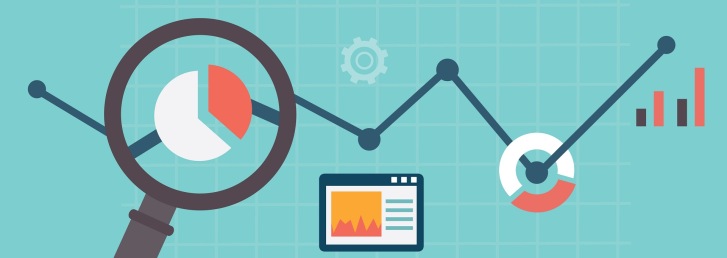Leverage on Forex
The reason for the loss of many traders' accounts is not a bad trading strategy or market situation, but a banal ignorance of the basic terms and operating principle of the broker who provides you with services to enter the interbank market.
One of the most important concepts that a trader should be able to correctly operate is - leverage in Forex, margin collateral, as well as the concept of true leverage.
You should especially pay attention to leverage and margin, as these are two key factors that can affect the profitability of your trading.
Leverage in Forex. Reason for appearance and principle of calculation
Depending on the type of exchange, the minimum requirements vary, however, as a rule, this amount is calculated in tens or even hundreds of thousands of dollars.
In order to bring trading opportunities closer to traders and allow ordinary people with small capital to make money on the market, brokers invented a lever.
The forex lever is a broker's borrowing system in order to get access to the interbank market. The essence of the lever is that when the transaction is opened, the broker multiplies your money volume by a certain coefficient of the company's regulations.
Currently, companies offer leverage in the amount from 1 to 50 to 1 to 1000. Thus, having a deposit of $100 with a leverage of 1 to 1000, the broker will allow you to enter the market with a volume of not $100, but $100,000.

However, you should understand that no broker will risk their own funds. Thus, by choosing a huge leverage and opening a trade with a large lot, you can say goodbye to your deposit very quickly.
Because the moment the loss exceeds your deposit amount, the transaction will be automatically closed.
Margin security of the transaction
Marginal support is the minimum size of the deposit of the trader, which is charged by a broker to open a transaction with a credit shoulder.
In order to calculate the amount of margin security, it is necessary to divide the position volume by the amount of leverage provided. As an example, let's say you use 1:1000 leverage and decide to open a $100,000 position.
In order to broker executed your request; your account should contain 100,000/1000=100 dollars.
It should be understood that these funds are charged as a collateral and in no way are summarized at the time you receive a loss, namely with such a deposit, you can open a deal, but it will not work to keep it for a long time.
Real leverage
At the time of registering your account and choosing the leverage, you receive its formal value, and not the true one. For example, if your deposit is 10 thousand dollars, and you opened a position with a volume of exactly 10 thousand, what leverage is used by the broker?
That’s right, none, because you opened a position exactly for the value of your deposit and nothing more.
If a trader opens another additional position for 10 thousand, then his leverage will be only 2 to 1, and not the stated 1 to 500. Thus, it is worth understanding that true leverage has a floating value.
In conclusion, it is worth noting that leverage and margin collateral play a very significant role when building a system capital management.
Therefore, misunderstanding and unwillingness to take into account these two most important factors in the trading process can lead to very sad consequences for every trader.


